-
Posts
378 -
Joined
-
Last visited
Posts posted by CaryK
-
-
If you can afford to go a little bit higher than $3000 give Dana Johnston a call at Kensington Concertinas. He makes each on, they have concertina reeds, and I can attest to how well they play and Dana's help.
-
 1
1
-
-
Also own a Kensington from Dana. It's been a great instrument with fabulous sound.
-
Glad to hear you’re still at it Dana. I’m still getting great enjoyment playing my Kensington #40. Great workmanship and sound. Cary
-
 1
1
-
-
Donation made.
-
Concertina sold. Thanks for the interest. Donation will be made to concertina.net
-
Well to make it easier on myself, I play the same buttons cross-row on the A/E that I use on the C/G for each tune. So my muscle memory from the C/G carries over.
-
A/E Edgley hybrid concertina. Constructed by Colin Edgley and tuned by Frank Edgley (signed by both). Purchased new in 2006 with custom-fitted Fallon case. Very good to excellent condition. Plays fast and has the rich sound expected from an A/E instrument. I no longer play it as much as previously and need to fund other projects. Asking $1800US. Donation will be made to concertna.net upon sale.
30b
A/E
7-fold bellows
Nickel-silver grills
Rosewood
-
Wow! Enjoyed that a lot. Thanks for posting.
-
On 1/29/2020 at 10:02 PM, gcoover said:
I think the OP is looking for song accompaniment instruction, and he's right that it's not covered in any books other than just showing chord charts.
For the upcoming Jeffries Duet book I'm including a couple of Nick Robertshaw's songs with his accompaniment notated, but haven't thought about doing this for AC or EC since I don't sing along with them. Do you all think there would be interest in a book of song accompaniments, for either instrument?
In the meanwhile, best suggestion would be to listen carefully and try to mimic EC singers like Louis Killen, Tony Rose, etc., and Anglo singers like John Kirkpatrick, Andy Turner, Jody Kruskal, etc.
Gary
Gary, would readily purchase a book regarding song accompaniment for the Anglo. I've done it a bit, but find it difficult to keep up a rhythm as the chords change.
-
Eskin,
PM me and I can send you some pictures. I have one that I purchased from Frank in 2006. I've enjoyed it, but don't play it near as much as my Kensington C/G.
-
-
I couldn't agree more with the comments made previously. Noel is very patient and meets each student at his or her level. I just came back from Cincinnati as well and it was a fantastic experience. The venue couldn't have been better either. You won't regret going. I hope to attend next year as well.
-
23 hours ago, bogheathen said:
Will attend my first Noel Hill class in Cincinnati in two weeks and am really looking forward to it. It's just been the Ceili, Mick Bramich's book, and me in the basement so far. Can't wait to get some real life Noel guidance into the box.
Looking forward to attending NHICS again, this time in Cincinnati, after a 10 year hiatus. See you there.
-
 1
1
-
-
Chemnitzer is vastly different from an accordion in terms of how it is played.
-
I've certainly developed and worked on various bad habits in playing over the years. Some I've improved on, others are still with me. It all comes down to practice time for me. When I am able to practice regularly (not necessarily for long periods of time) I find I can improve upon poor habits whereas practicing for a long period, but infrequently doesn't allow me to carry over newly learned good habits to the next practice.
BTW, just recently purchased a vintage Chemnitzer from a cousin. It's been fun to play (a little) and to me is even more challenging than the Anglo. I hope to be able to play Polish music with it ultimately, but the Anglo is still my main squeeze.
-
Very nice. Good choice.
-
That would be the air button. It's located on the right-hand side of the concertina not the left and typically operated by the thumb. All 30-button anglos have 31 buttons when you include the air button.
-
If really interested in a Stagi, you might want to try the Buffon Box. They carry a pretty nice assortment of various Stagis and they tune and prep them to make sure they are playable when you purchase one. I had one from them that worked well from day one until I eventually upgraded. It was a nice starter instrument for me, much better than the Rochelle, which I also tried. Go to http://www.buttonbox.com
-
I assume its so he can move the concertina around in space for its acoustic effects. Can't do that as well while your seated. This fellow is one amazing talent and his finale in the last few minutes is out of this world. If you close you eyes you'd swear that a concertina orchestra of a half-dozen instruments are playing.
-
Interesting you bring this up. Last year I was spending some time as a substitute elementary teacher in the local public school system. My final assignment was to spend about 30 full days with the same youngster who had been segregated from his classes because of violence issues. He did have a lot of needs. One of the books we were reading together was called "Bud, not Buddy" a really wonderful story about an African-American boy during the Great Depression in Michigan. In one scene in the book "Bud" is in a shanty town where someone is singing "Shenandoah" one evening. My student absolutely loved this book. Because he was barred from attending his normal in-school music class I brought in a 20b C-G Anglo each day and taught him how to read the simple melody line from Shenandoah sheet music. I played along with him. It took a couple of weeks, but he got pretty good and even starting adding his own made up chords to make it sound better. At the end of our 30 days, I got the principal to come in and listen to him play. This kid didn't get much praise at school, but his concertina playing won him some kudos that day. The only difficulty this student had with the concertina was its size. He had very small hands and even at their tightest the hand straps were not quite right and the button distances were a challenge. But he persevered and did pretty well in spite of the fact that I am not a music teacher and a mediocre musician, at best
I think the concertina would be make a great music teaching tool for general music classes as its a very easy instrument to begin with (but, of course, takes a long time to really master). Unfortunately, its expense (for even a semi-decent student model) may make it impractical in many school districts.
-
You are not alone Conrad. When I cease being able to hear my playing in a group my fingers tend to walk about also. My solution has been to "hear" the music in my head, focus on that, and trust that my fingers are following what my brain is playing internally. It usually seems to work out. This practice also helps me to play solo in front of others without losing the tune through distraction or nervousness.
-
Owned a C-G Stagi that was actually quite playable and had a nice sound. Only sold it when I upgraded concertinas. This one could be a good one; might be worth the price.
-
Very handy. Thanks for posting.
Cary
-
Bob,
What changes in playability of the Rochelle do you modifications result in?
Cary


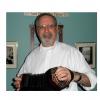
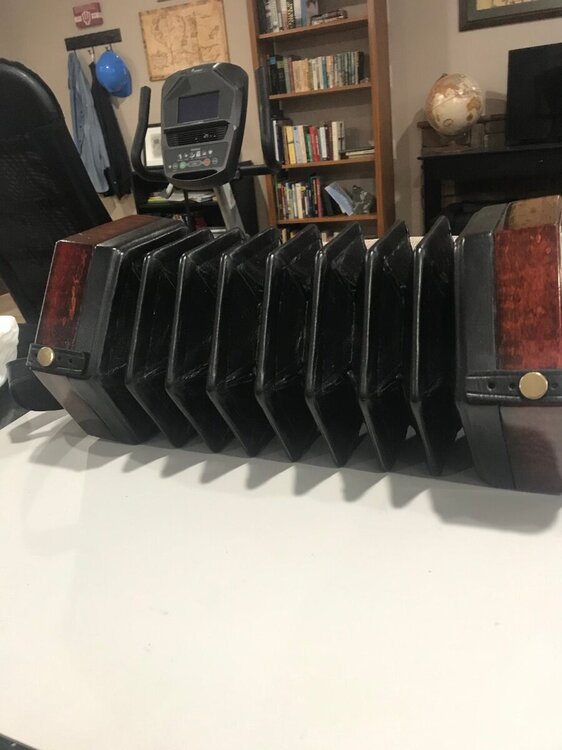
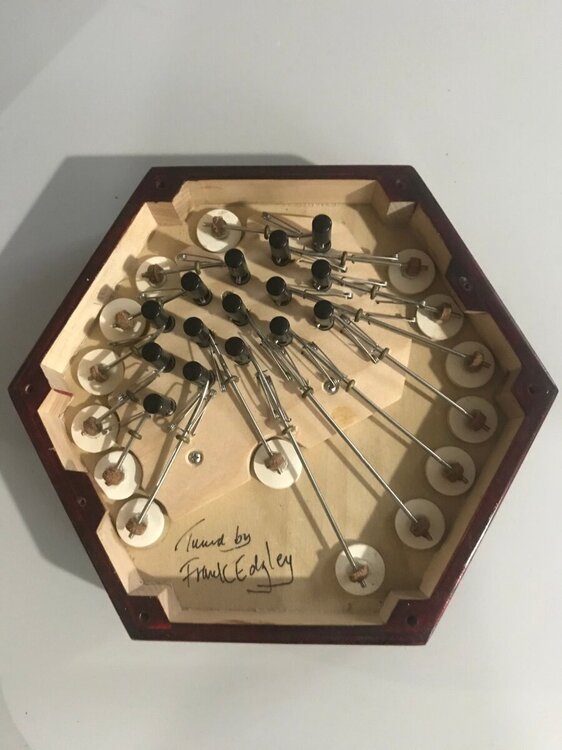
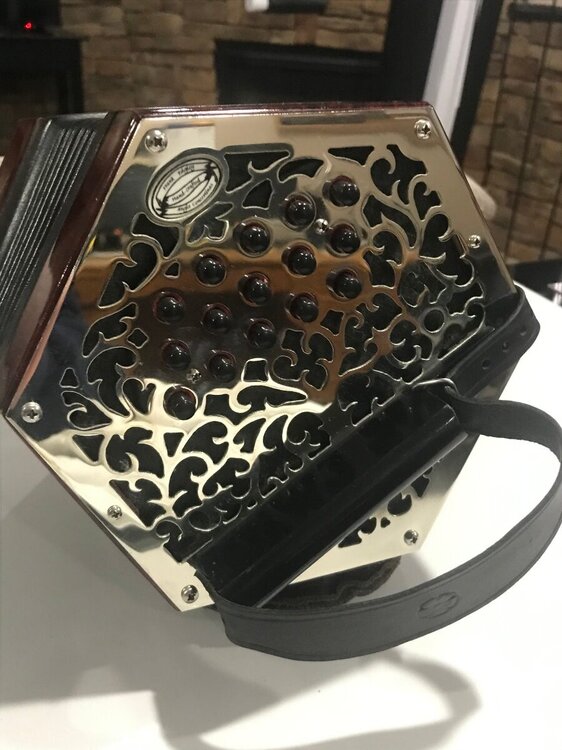


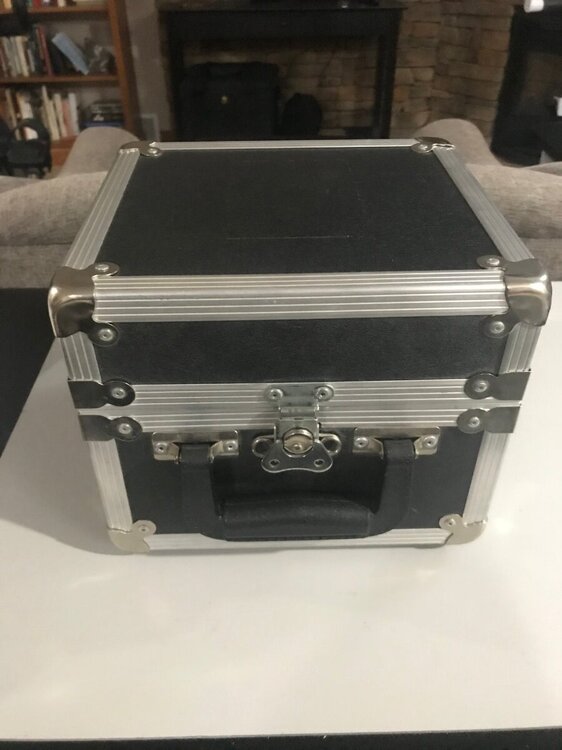
Closing my books
in General Concertina Discussion
Posted
Dana,
Kensington No. 40 gave me great pleasure the day it arrived and still does to this day. I love its sound and playability. I'm sorry new Kensingtons won't be available after 2025 for all those who will never get to own one. But we all move on to where we are called. Best wishes. Cary